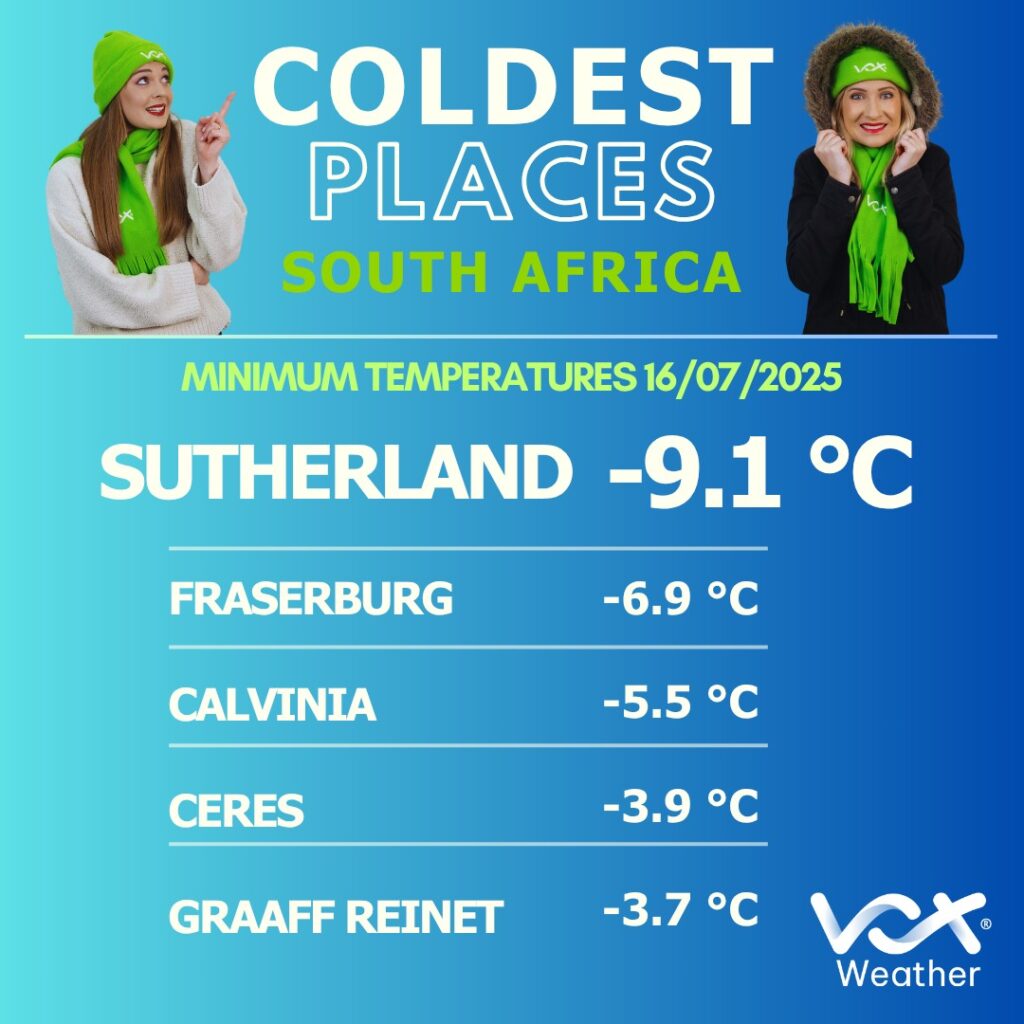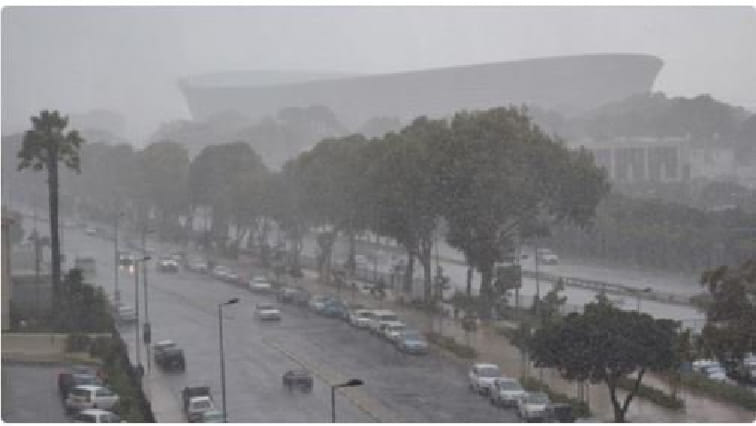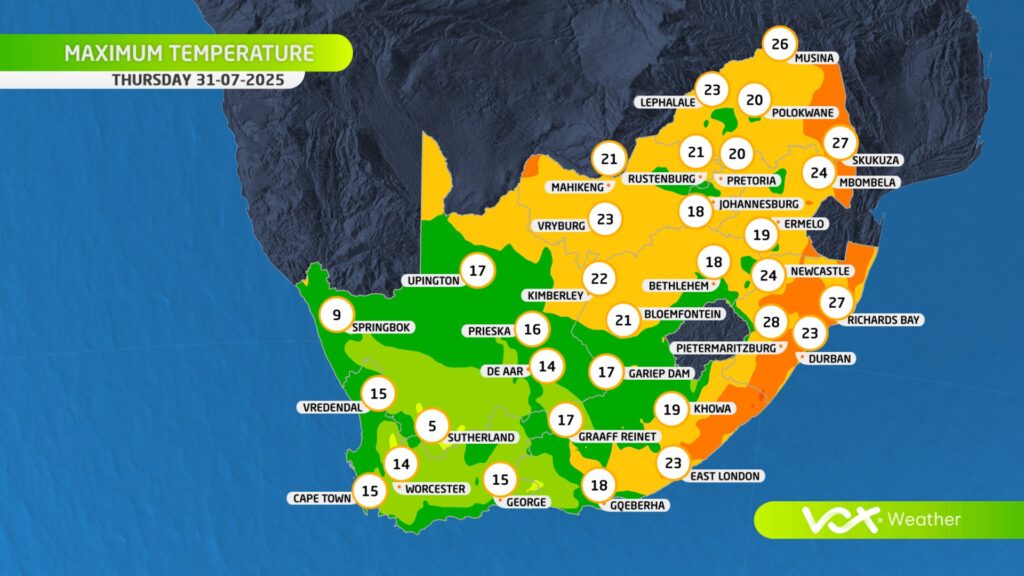What is happening to SA’s winters and is climate change playing a significant role? Vox Meteorologist Michelle du Plessis tells us more.
Data shows that winter temperatures across southern Africa have been steadily rising since the 1960s, with fewer days of frost and freezing conditions.
According to the NOAA, extreme cold events are now far less common – and when they do happen, they’re generally milder than in the past.
In the Western Cape, where winter rainfall is vital, climate models show that the rainy season is becoming shorter and more variable.
While some winters still bring strong cold fronts and good rainfall, others are marked by long dry spells.
The WMO warns that drought risks are increasing, especially in Mediterranean-type climates like the south-western Cape.


Interestingly, while total rainfall may decrease, when storms do occur, they may be more intense – bringing short bursts of heavy rain rather than steady soaking periods. This is because warmer air holds more moisture, which can lead to more powerful frontal systems when they develop.
Recent studies suggest that mid-latitude frontal systems – the cold fronts that bring winter rain – may grow stronger under climate change. However, this doesn’t mean we’ll get more of them. Instead, we may see fewer, but more intense, winter storms, followed by longer dry periods in between.
What this means for South Africa
In short, South African winters are becoming:
- Warmer, with fewer frost days;
- More variable, with rain falling in short, intense bursts; and
- Less predictable, meaning long-range planning is harder.


